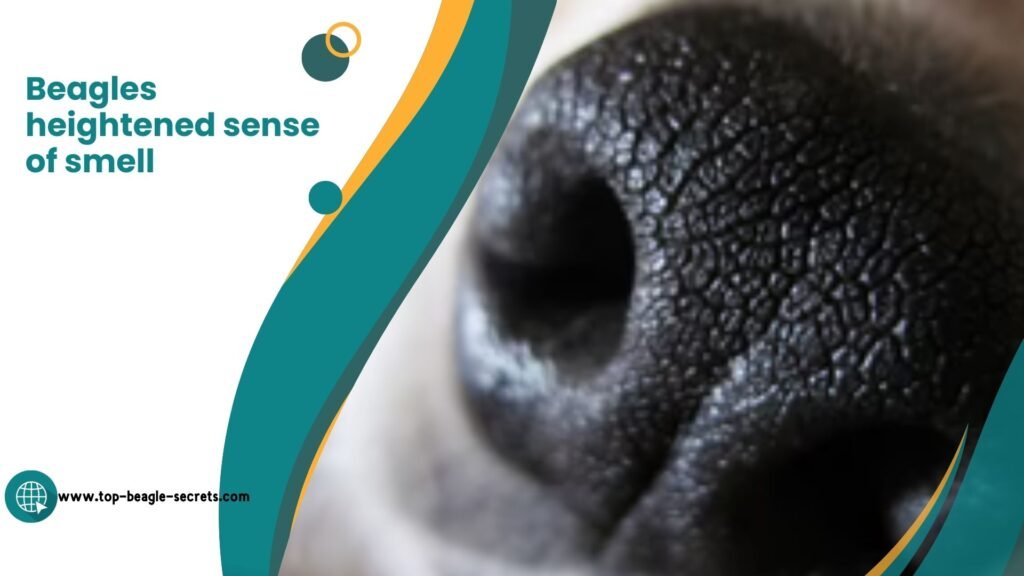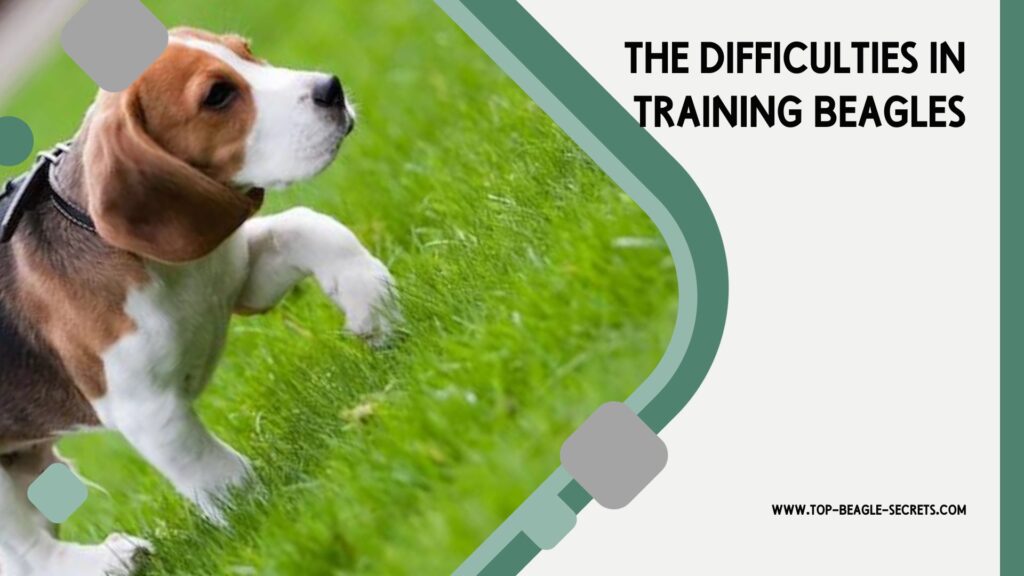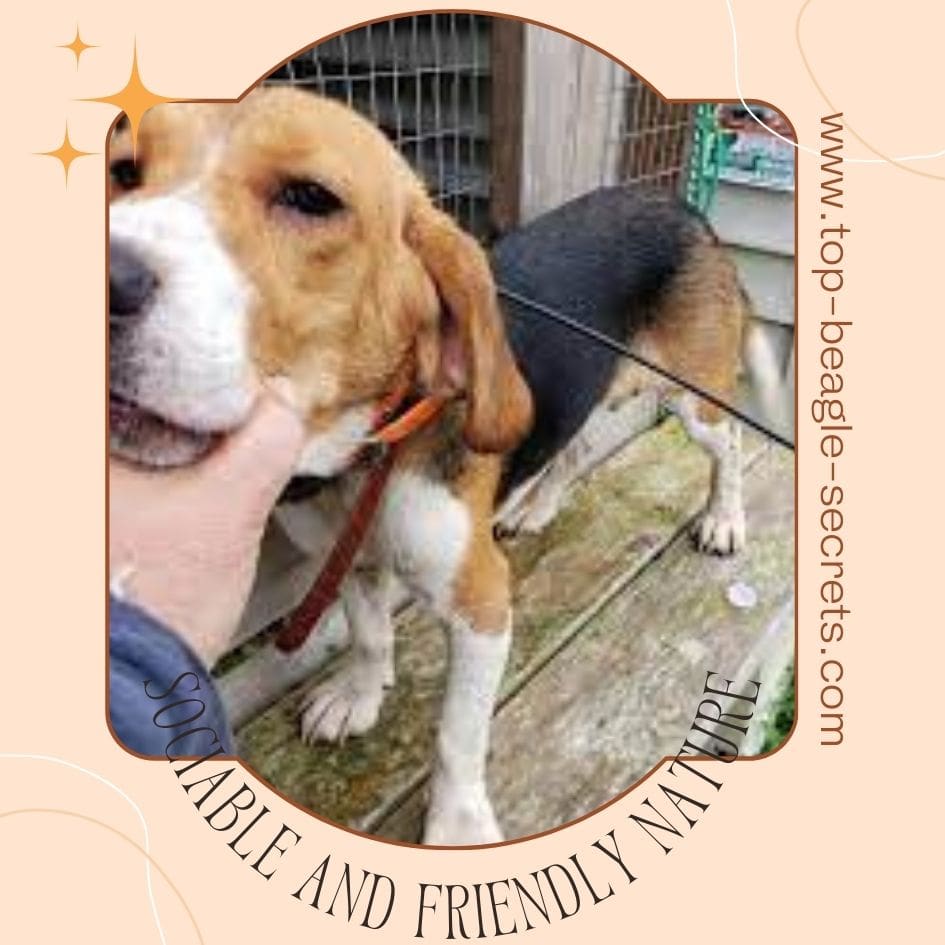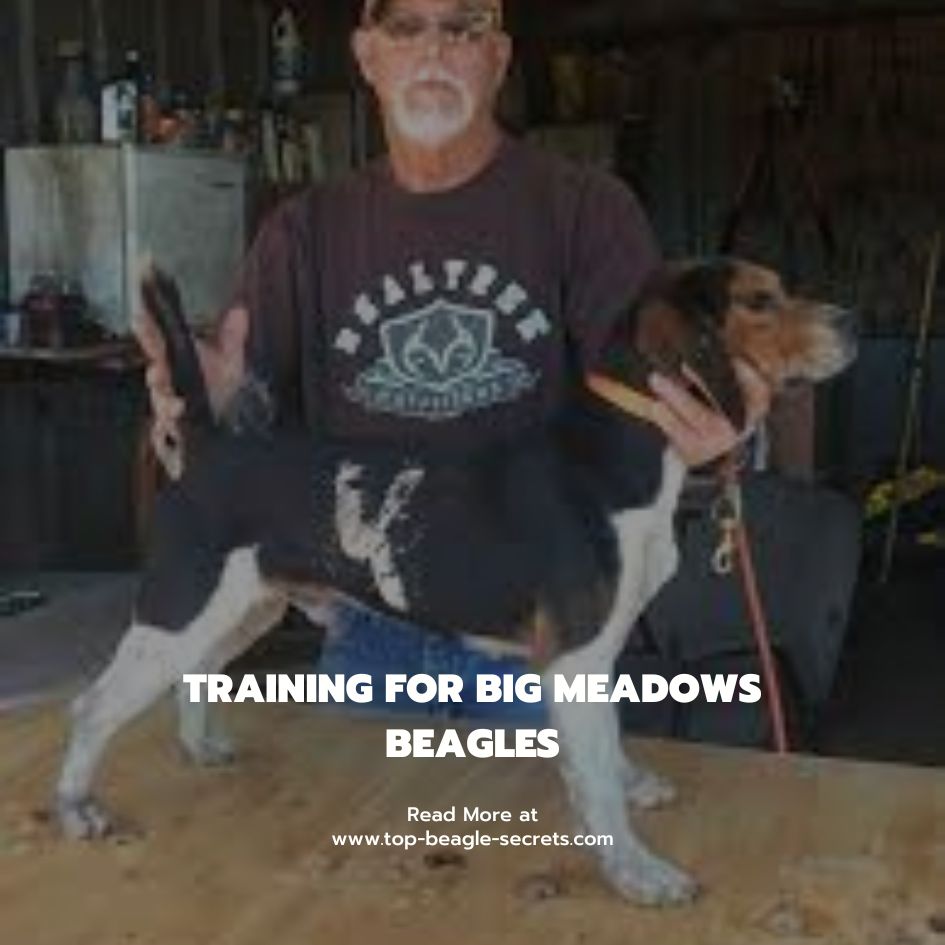When it comes to the enormous tapestry of canine companionship, where loyalty is woven in alongside wagging tails and devotion is embroidered in wet-nosed kisses, there is one breed that stands out for its unique characteristics. Welcome, ladies and gentlemen, to the world of Beagles, those adorable hounds with soulful eyes and velvety ears who have the ability to melt hearts, but they also harbor a set of quirks that challenge even the most committed dog lovers.
Imagine, as we set out on our adventure, that we are taking a trip into the heart of canine peculiarities, where the Beagle is the star of the show. Despite the fact that these pocket-sized investigators with a relentless nose for trouble are adored by a large number of people, the charm of these detectives is worn thin by a select few. With each paw print, this essay peels back the layers to show seven reasons why some people may argue that Beagles, despite all of the wonderful features they possess, might just be the worst dogs to share your house with.
Now fasten your seatbelts because we are about to delve into a world where cuteness and turmoil combine, and where the allure of these four-legged pals meets the problems that raise some questions: Why are Beagles the Worst Dogs? Join us as we explore the surprising aspects of Beaglehood. In addition, are Beagles genuinely the best friend of man, or are they actually a lovely headache in disguise?
Excessive Noise and Howling: Discuss Why Beagles are the Worst Dogs, and how the Beagle’s loud and persistent barking or howling can be disruptive and challenging for owners.

The tendency of Beagles to bark and scream loudly is well-known, and it can be difficult for their owners to deal with the aftermath of these behaviors. This excessive vocalization has the potential to disrupt the tranquility inside a household and put a strain on relationships with neighbors when it occurs. In order to treat this tendency, there are a few different ways that can be utilized. These strategies include teaching and socializing, providing physical stimulation, desensitization and counter conditioning techniques, successfully regulating the environment, and seeking assistance when it is required. In order to effectively manage the problem of excessive barking in Beagles, factors such as consistency, patience, and positive reinforcement are essential.
Additionally it is worth exploring how Beagles heightened sense of smell may contribute to behaviors or difficulties during training sessions.

Because of its acute sense of smell, the Beagle presents difficulties in terms of both behavior and training. There is potential for problems to arise as a result of their scent-driven behaviors, exploratory tendencies, and food emphasis. During training, patience, consistency, and positive reinforcement are all necessary components. Through the utilization of scent-based activities and the comprehension of their remarkable sense of smell, it is possible to assist in the redirection of their behaviors and the development of a successful training experience. However, the article addressing “Why Beagles are the Worst Dogs” is still in progress.
Roaming and Wanderlust: Examine the natural tendency for Beagles to roam and how it can pose challenges for owners in terms of containment and supervision.

Beagles have a tendency to find their way about and investigate their surroundings, which can be challenging for their owners when it comes to containing and supervising them. During walks, they may find ways to escape from enclosures, wander off, and encounter difficulties with activities that need them to be on a leash. The implementation of tactics such as fencing, leash control, providing physical stimulation, utilizing identifying measures, and implementing recall training can assist in effectively addressing these difficulties while also protecting the safety of both Beagles and their owners.
Moreover lets discuss the nature of Beagles and Why Beagles are the Worst Dogs , and how it can sometimes be demanding for owners who may find it challenging to meet their exercise requirements adequately.

Beagles have strong levels of activity, which can make it difficult for their owners to keep up with them.
It’s possible that this provides the answers to the million dollar questions: why Beagles are the worst dogs around.
It is possible for insufficient physical activity to result in destructive conduct and restlessness. Consistent physical activity, cerebral stimulation, the creation of an environment that is rich in resources, the scheduling of playdates, and the pursuit of expert aid are all methods that can be utilized to control their levels of energy. When it comes to efficiently managing their energy levels, consistency and routine are really necessary. In order to ensure the health and pleasure of both Beagles and their owners, it is essential to fulfill the requirements of their physical exercise needs.
Training Challenges: Explore the difficulties in training Beagles, touching on aspects like stubbornness or easily distracted behavior.

When it comes to training, Beagles can be fairly challenging due to their tendency to be stubborn and their tendency to rapidly become sidetracked. You will need to have patience and consistency in your training method in order to be successful in overcoming these hurdles. While it is beneficial to keep the training sessions brief and interesting, utilizing reinforcement as a motivator is also beneficial. Training strategies that are focused on scent can also be useful for Beagles on occasion. In addition, it is essential to ensure socializing and the creation of regulated environments during the training process. Should you find yourself in a difficult situation, do not be afraid to ask for support. Training and a well-behaved Beagle companion can be achieved by first gaining an understanding of their characteristics and then using that knowledge.
When it comes to interactions with children or other pets it’s essential to address any behavior that may arise from Beagles.
Because of their high levels of energy and their natural urge to hunt, Beagles may display behaviors that are not appropriate when they are socializing with families with children or other pets. Supervision, appropriate socializing, training, positive reinforcement, structured exercise, separate areas, and seeking professional help when necessary are all strategies that can be utilized to ensure safe interactions from a variety of perspectives. The implementation of these tactics creates an environment that is conducive to peaceful relationships and guarantees the safety of all those engaged. Perhaps this is the reason why Beagles are considered to be the worst dogs.
Hunting Background and Strong Instincts: Explore how the Beagle’s history as a hunting dog may influence certain behaviors and instincts that could be problematic in a household setting.
Beagles have a rich history as loyal hunting companions, and their breeding for this purpose greatly influences their behaviors and instincts. While these qualities stem from their hunting background, they might pose certain challenges when living in a home environment.
Exceptional Scent-Tracking Instincts: Beagles boast an incredible sense of smell, honed over generations for hunting. This instinctual talent can occasionally manifest in various ways indoors.
Inquisitive Nature and Love for Exploring: Due to their natural hunting instincts, Beagles tend to follow scents and explore their surroundings eagerly. This curiosity might lead to a desire to roam, making them more likely to try escaping if not properly supervised or confined.
Prey Drive and Chasing Behavior: Beagles inherently have a strong prey drive, which might prompt them to chase smaller animals like squirrels, rabbits, or even household pets such as cats. This instinctual behavior can pose challenges and potential conflicts within a household with multiple pets.


